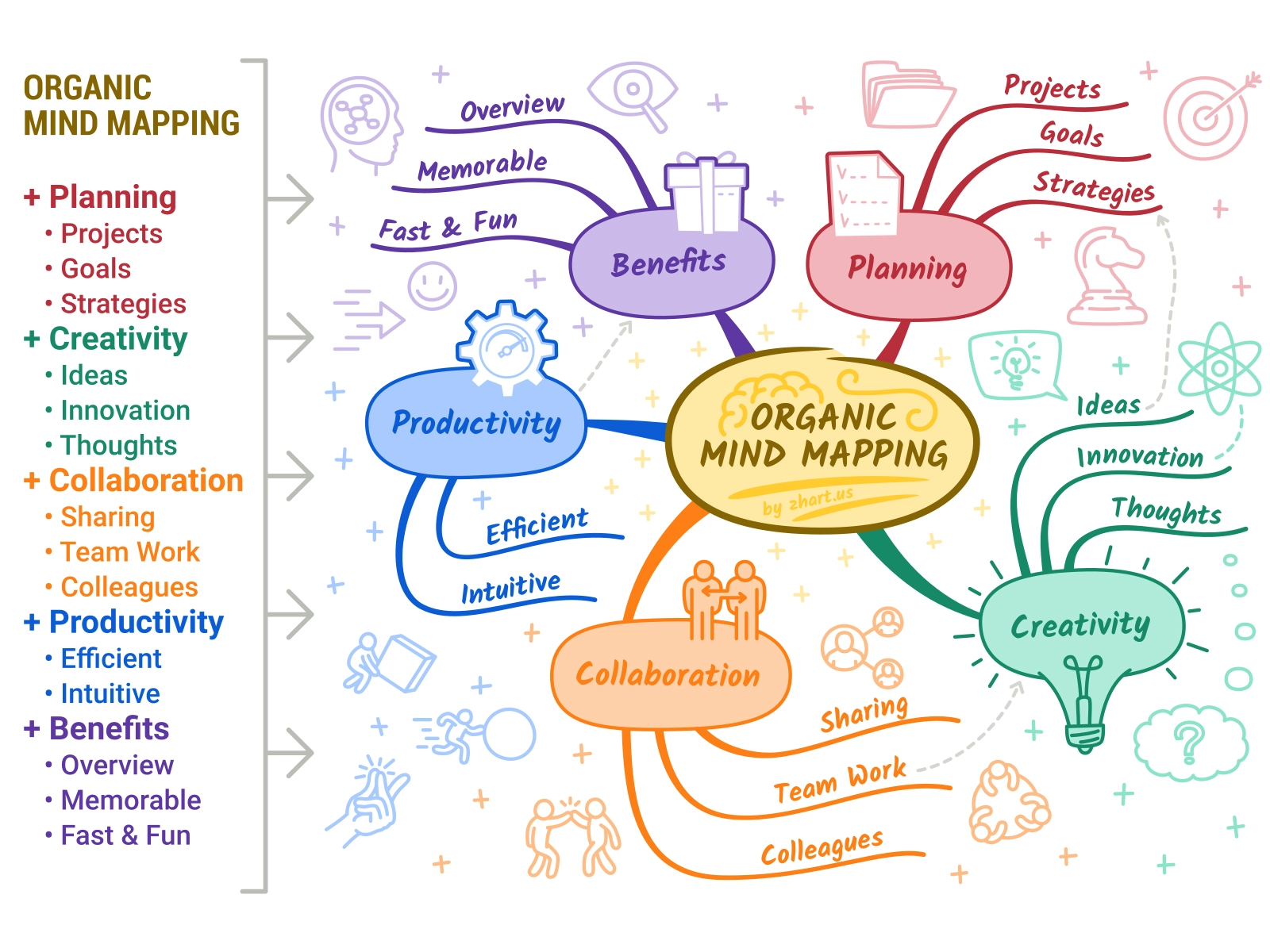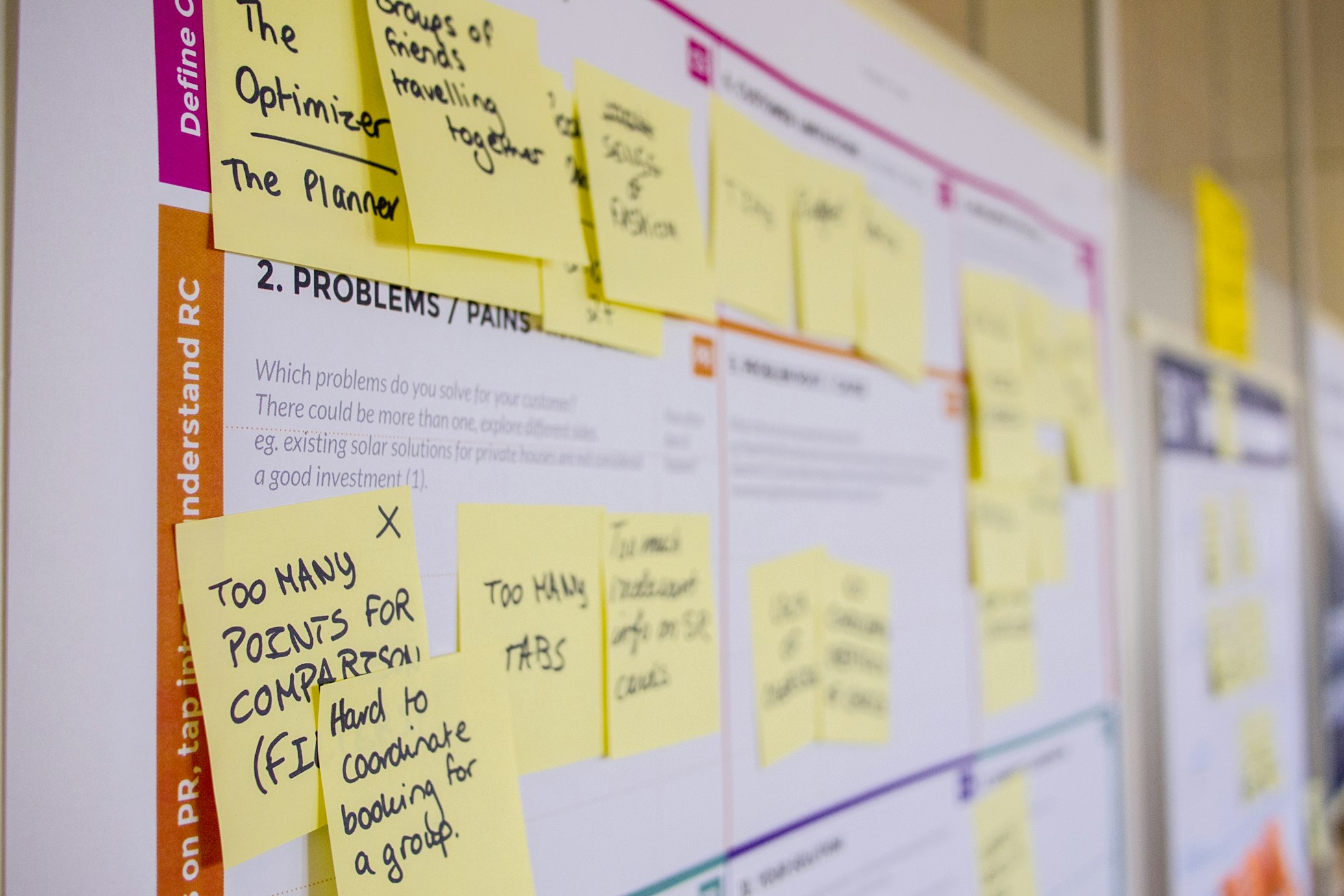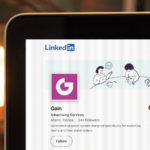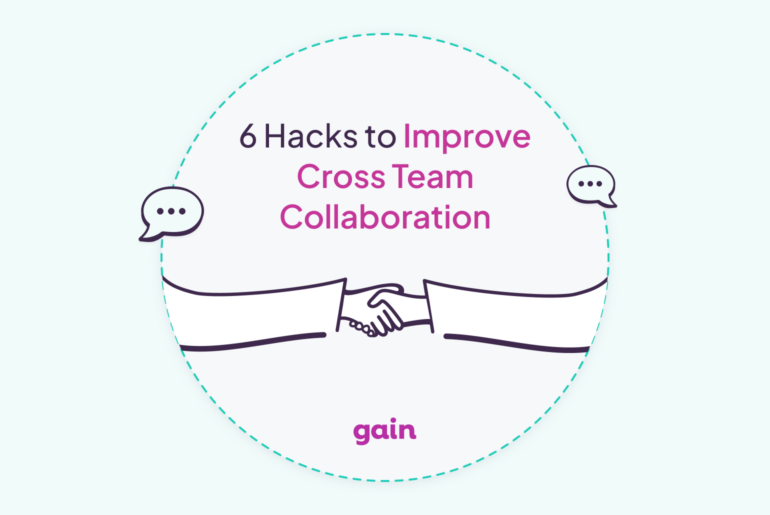Innovation and creativity lie at the heart of truly successful marketing teams. New ideas, however, can sometimes take time to come by. As the Harvard Business Review points out, brainstorming can streamline creative processes. But can you get it right?
Brainstorming isn’t just throwing half-baked ideas at a wall and hoping something sticks. You need to handle it with care and finesse to avoid potential disaster and unlock the full potential of your team’s creativity.
But fear not! By incorporating some killer brainstorming techniques, you can unleash the full potential of your team’s collective brainpower and generate truly mind-blowing solutions.
So buckle up because, in this article, we’re diving into six simple brainstorming exercises to help your team get their creative juices flowing like never before.
What is Brainstorming?
Brainstorming is a valuable technique for teams to find innovative solutions and ideas for their problems. An effectively managed brainstorming exercise provides a safe space for your team to bounce around out-of-the-box ideas spontaneously, ideally, leading to an innovative solution.
Several great marketing and social media campaigns were created thanks to brainstorming sessions, but what are the biggest benefits of brainstorming? And where do you start?
Benefits of Brainstorming Exercises
The benefits of brainstorming can range from supporting organizational memory to cognitive diversity, but research highlights two significant elements — synergy and social facilitation.
When team members come together for a brainstorming session, they can inspire and motivate each other to come up with creative solutions that they might never have considered individually.
Plus, working collaboratively towards a common goal can foster closer bonds and help build an open, inclusive culture within the team.
Brainstorming exercises allow participants to voice their thoughts freely without the fear of failing, which leads to a wider range of perspectives that can be considered when finding solutions to problems.
Studies show that brainstorming sessions including team members from various departments, backgrounds, ages, and life experiences will ultimately result in diverse, innovative ideas.
Finally, the team environment can also help to counterbalance biases and existing opinions, creating a more impartial approach.
Challenges of Team Brainstorming
While brainstorming can undoubtedly be a powerful addition to your arsenal, you mustn’t turn a blind eye to its potential pitfalls. The most common team brainstorming challenges are:
- Peer pressure
- Lack of participation
- Getting ‘stuck’ due to poor planning of the session.
Let’s break these down below.
Peer Pressure
When mixing different teams, individuals are bound to feel influenced by the group.
Some team members might feel pressured to agree with certain people due to fear of retaliation or concern about looking foolish in front of a larger group.
This can be addressed by integrating individual work elements ahead of group activities so team members can sketch their ideas without interruptions.
Lack of Participation
Not everybody feels comfortable sharing their ideas in a group setting.
Sometimes, it’s not just shyness that’s the culprit. Lack of facilitation, personal difficulties, or unrealistic time constraints can also leave participants feeling disengaged.
And let’s face it; we’ve all been in a meeting where a select few dominate the conversation while the rest of the team fades into the background.
But here’s the thing: brainstorming is most effective when diverse perspectives contribute to a common goal.
So, it’s essential to activate those reluctant participants. How?
Well, start by clarifying the problem statement. Call on people during the session and offer positive reinforcement to everyone. After all, we’re all in this together.
Getting ‘Stuck’
When a brainstorming session is not adequately planned, collaborative exercises can quickly become stagnant. This is frequently due to a lack of a clear plan, unconnected activities, or insufficient team engagement.
Problems that feel too large to tackle can kill enthusiasm. Equally, if the facilitator doesn’t have a technique ready to push forward the conversation, the team’s attention will deflate, and the meeting will become a casual chat.
Come prepared to reap the most value!
How to Prepare for a Brainstorming Session
Plan Ahead
Brief the participating team members ahead of the session and communicate expectations, problem statements, and what type of ideas you are looking for. You should provide a meeting agenda and any individual prep work in advance.
The more context you provide, the more likely your brainstorming session will succeed.
Sending out information packs before your brainstorming exercises also will set the mood and help to kick off the ideation process even before you start.
Make sure to set the rules of your session to address any potential problems ahead of time. Highlight that all contributions are valuable and that there are no wrong answers during these exercises. Avoid judgment, criticism, and interruptions while others are talking as much as possible.
Invite a diverse group of individuals from different parts of your organization who have a stake in the topic. Cognitive diversity will result in innovative, out-of-the-box ideas.
Rev Up Your Brainstorming Session
In order to maximize the potential of your brainstorming session, there are a few more things that you should check off your list.
First, you need a facilitator. They play a vital role in the ideation process, so they must come equipped with the right tools and techniques.
Brainstorming doesn’t come naturally to everyone, so it’s crucial to have a variety of exercises that cater to individual needs. Mix them up to keep the engagement level high and encourage a dynamic approach to ideation.
Moreover, remember to keep track of all those ideas. Collaboration tools like Mural or Miro can be a lifesaver, but a trusty whiteboard will do the trick too.
Once your ideation segment is over, make time for evaluation and discussion.
Voting for favorites or giving anonymous feedback can be an excellent technique for your group. And using rating criteria can ensure that everyone’s needs are being met.
Finally, don’t forget to thank your team for their contribution and follow up with a summary or highlights of the session.
6 Brainstorming Exercises To Spur Creativity in Your Marketing Team
1. Mind-mapping

At its most basic form, a mind map is a simple hierarchy that is drawn in any tree-shaped format. Have your team list as many ideas as possible, then plot them in a tree form with your primary goal at the center.
Then, you can begin to add branches and subbranches to visualize associations between different words and see different ideas across different areas as a whole. This kind of brainstorming exercise can be useful when generating ideas for your content.
2. Six Thinking Hats

This exercise can be used when you want your team to use different types of thinking. Most of us have a preferred way of thinking or communicating, and we feel uncomfortable working outside this style.
Using these six hat colors as a metaphor, your team can put one on one of the hats and use it as a way to think differently.
For example, one team member can say, “With the white hat, I’d like to ask if anyone else knew about X.” With the white hat on, that person can open up and ask for information from others without feeling like they need to be an expert in all things.
3. SCAMPER

SCAMPER is an acronym for a useful list of words that can also be applied to make your team think differently about a problem.
Substitute — What could you substitute as a solution to the problem? Is there another place, approach, or material could you use?
Instead of ____, we can ____
Combine — What could you combine or bring together as a solution? This could be partners, ideas, assets, etc.
We can bring together ____ and _____
Adapt — What could you adapt for use as a solution?
We can adapt ____ in this way ____ to ___
Magnify or Modify — What could you change? What could you add or remove? What could you make stronger or weaker? Higher or shorter? Duplicate or omit?
We can change ___ in this way ___ to ___
Put to other uses — How could you use something in a new way or modify it?
We can re-use ____ in this way ____ by ____
Eliminate — What could you remove? What are you wasting? Can you reduce time spent or cut costs?
We can eliminate ____ by ___
Rearrange — What could be rearranged? Could you use a different pattern, workflow, or schedule?
We can rearrange ____ like this ____ to ____
4. The “Note-and-Vote”

“The Note-and-Vote isn’t perfect, but it is fast. And it’s quite likely better than what you’d get with two hours of the old way.” — Jake Knapp, Google Ventures Team Member
For this exercise, everyone on your creative team receives a sheet of paper, a pen, and five to ten minutes to write down as many ideas as they possibly can.
Then, the timer is set for two more minutes, and each person chooses between one or two of their favorite items from their list.
Next, everyone shares their ideas to be recorded on a whiteboard, and everyone on the team votes for their favorite idea. This entire exercise takes only fifteen minutes, and each team member gets to think individually and with the group.
5. Delphi Method

This brainstorming exercise is best used with a distributed group of people or remote teams.
First, send the problem to everyone in the group and ask them to respond with short, bullet-point answers. Then, collect all responses anonymously in a single list and have team members score each idea on a scale of 1-5.
When complete, your team will be left with a valuable list of ideas to explore.
6. Rolestorming

Imagine stepping into the shoes of an iconic figure like the legendary Beyonce. That’s the premise of this exercise, which prompts each team member to adopt someone else’s persona while brainstorming and contemplating how to approach a particular situation or tackle a problem.
This approach can break down the barriers that often hold people back from sharing their ideas with others and can lead to fresh and unexpected insights.
Who knows? You might even uncover some ideas you would never have thought of otherwise.
Next Steps
You’ve got game–changing ideas but getting them executed and approved can be a pain. That’s where Gain comes in.
With our marketing and social media automation tool, you can streamline your content approval process and get your message in front of your audience faster.
No more tedious workflows, no more delays — just more time to focus on generating amazing ideas that will take your brand to the next level.
Give Gain a try today and see how it can transform your team’s productivity and success!






